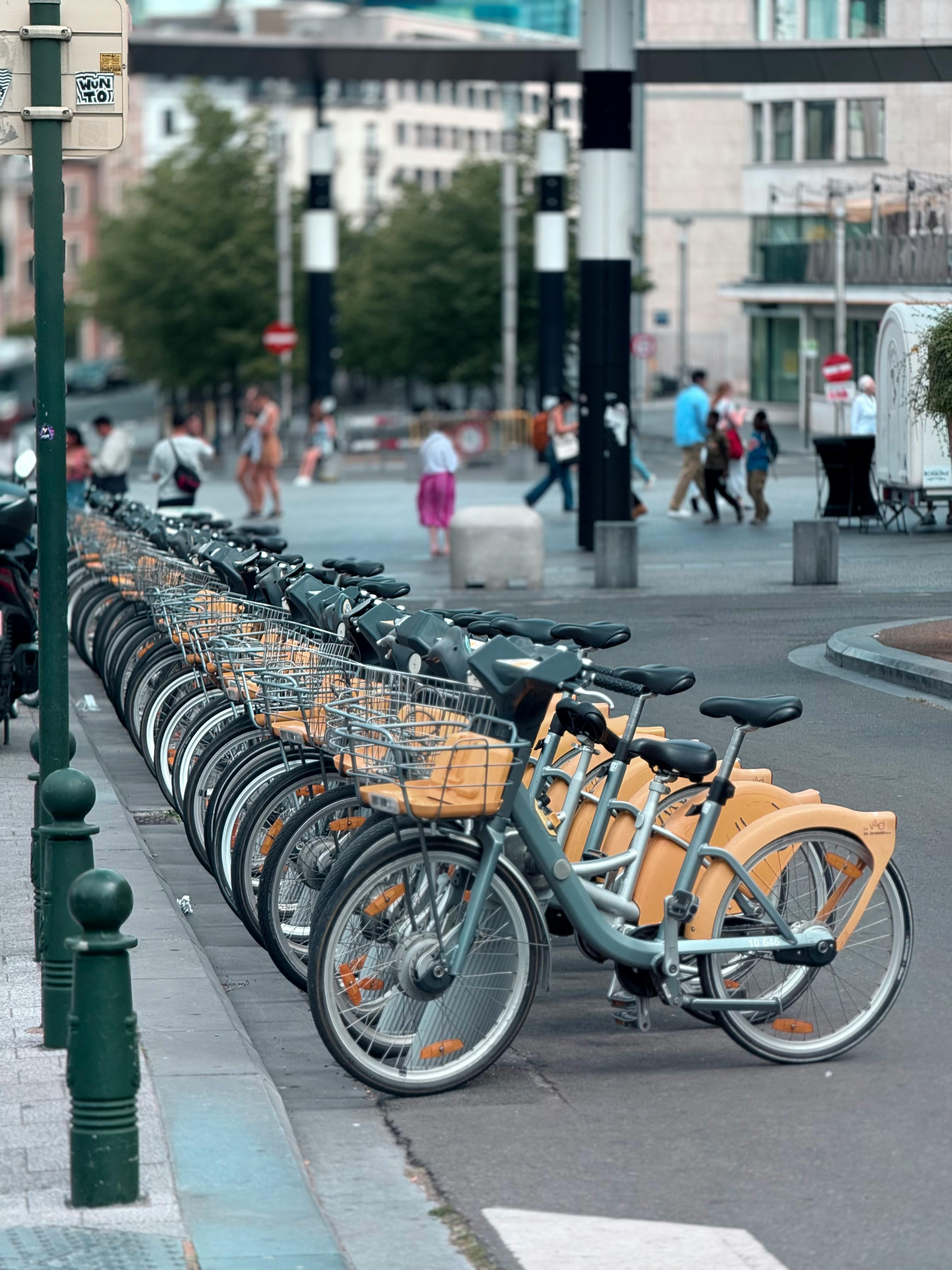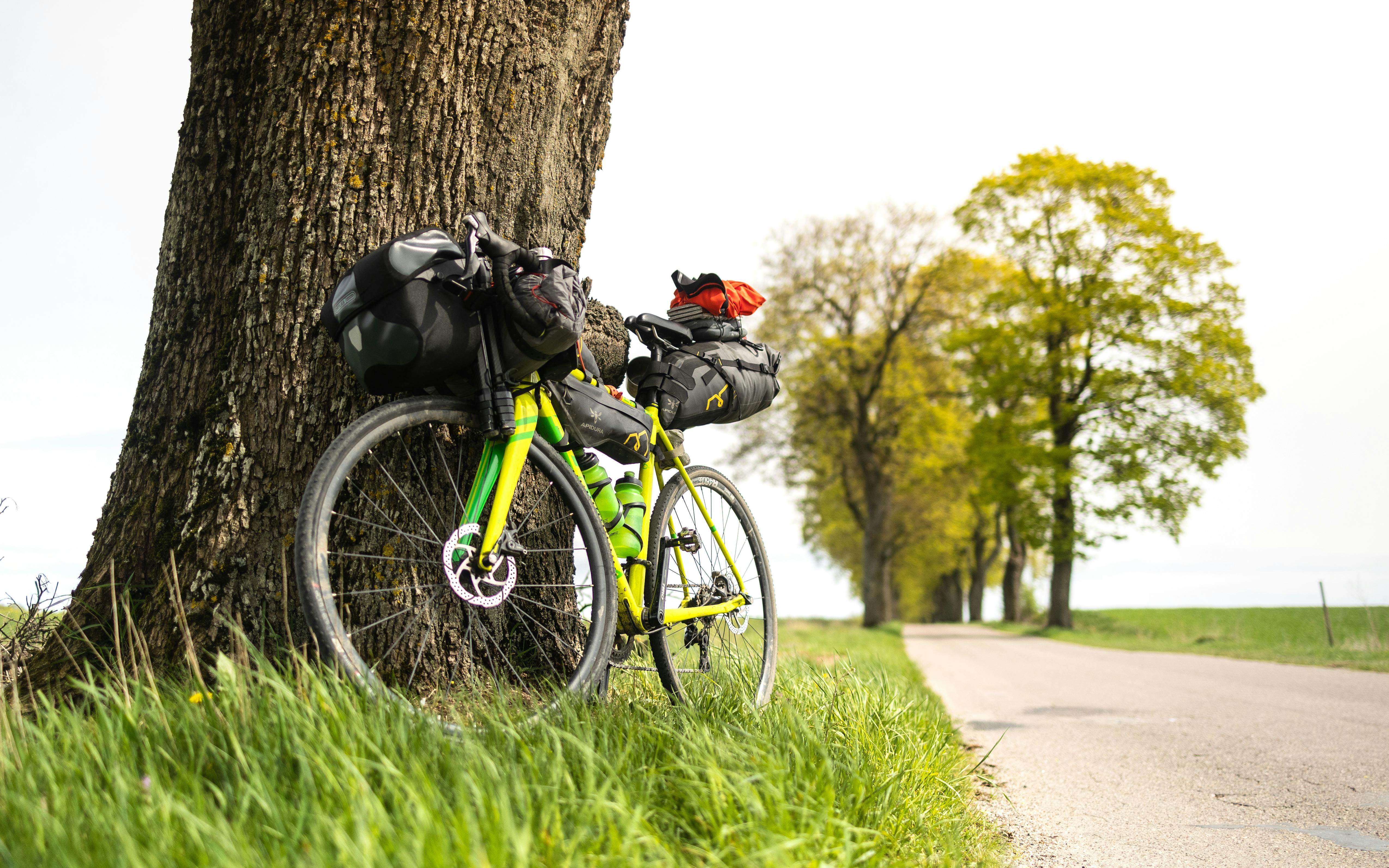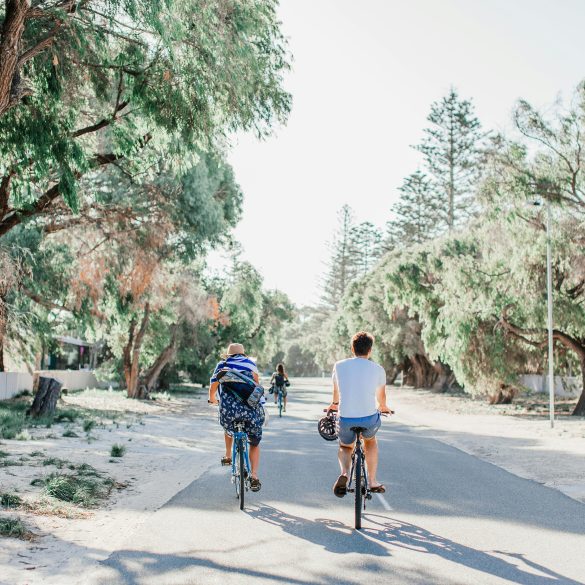Sustainable Travel Tips: Authentic Ways to Make Every Trip Greener
Let’s get brutally honest for a moment—most “green travel guides” rehash the same tired advice: reuse towels, carry refillable bottles, stay at an “eco hotel.” Back when I first started down the sustainable travel rabbit hole, I gobbled up these guides and, frankly, found my impact was pretty much negligible. Which brings me to a central question: What does genuinely sustainable travel look like when you’re actually out there? Not in theory, not on some influencer’s perfectly staged beach, but in messy, real-world situations—at airports, city centers, mountain hostels, and local noodle markets. Sound familiar?
After more than a decade of wandering through thirty-plus countries, experiencing everything from volcanic eruptions (long story) to dodging plastic-wrapped fruit in Bali, I’ve learned that true sustainability goes way beyond checking a few green boxes. It’s about choices—big and small—from how you plan your trip to how you spend money, interact with communities, and respond to the new challenges of climate change1. Honestly, what really excites me now is seeing how tiny, personal habits can ripple out and, over time, transform the industry itself. I’ll be completely honest: I still make mistakes, and some changes take ages to stick.
Why Sustainable Travel Matters in 2025
It’s 2025, and some things have changed—others haven’t. Air travel’s carbon load is still massive2, overtourism is straining the world’s most Instagrammed places, and “eco” labels still get slapped on everything from T-shirts to timeshares. What really struck me recently (after chatting with a hostel owner in South America) is how local communities feel the impact, good or bad, of every single traveler who steps off the bus. It’s not just about the environment—it’s social, economic, and cultural.
From my perspective, the core of sustainable travel is meaningful impact—leave places better than you found them, spend with purpose, learn continuously, and, yes, make mistakes along the way but always try harder next time. People like us? We can move the needle when we actually care about the details.
Planning for Impact: Making Greener Decisions Before Leaving Home
Here’s where most people drop the ball—before your trip even begins. Over 75% of your total carbon emissions from travel are baked in at the planning stage4. Back in 2019, I didn’t have a clue; nowadays, even experienced travelers fall into old habits.
- Choose fewer destinations, stay longer: Instead of ticking off five cities in two weeks, try digging into two places with slower, deeper exploration—a shift that cuts travel emissions and makes experiences stick.
- Travel in shoulder season: It’s not just cheaper. Overtourism devastates fragile ecosystems during peak times. Shoulder seasons mean fewer crowds, lower prices, and a better welcome from locals.
- Research local sustainability efforts: Look for credible certifications, not just marketing badges. Prioritise communities investing in renewable energy, biodiversity, local conservation projects, and public engagement.
Key Insight
What gets me is how many travelers overlook the pre-trip planning. Researching public transport options, choosing truly responsible accommodation, and planning visits around cultural events can multiply your positive impact exponentially.
Common Questions About Sustainable Planning
- Is carbon offsetting worth it? (Short answer: only if the program is third-party verified5)
- How much more does sustainable travel cost? (In my experience, smarter planning often saves money—not always, but surprisingly often)
- What’s the easiest starting point? (Cut single-use plastics from your packing—seems basic, but it’s a massive step)
Let me be real—every trip offers a hundred ways for improvement. Start with solid planning, and half the job’s already done. Moving on…
Getting There: Transportation Choices That Actually Reduce Your Footprint
Transportation—it’s the biggest slice of your travel footprint. Airplanes? Massive emissions. Rental cars? Not much better, unless you’re strategic. The thing is, even as sustainability talk intensifies, the simplest choices (sometimes) make the biggest impact6. But I’ve found that, in practice, what works varies wildly by country, budget, and even season.
| Transport Type | Emissions (CO2/km) | Sustainability Level | Best Use Case |
|---|---|---|---|
| Train | 0.045 | High | Regional or cross-country journeys |
| Bus | 0.07 | Medium | Budget travel, short haul |
| Car (shared) | 0.09 | Medium | Group travel, rural access |
| Airplane | 0.25 | Low | Long distance, unavoidable routes |
Here’s the brutal truth: sometimes, you simply can’t avoid flying. But, “fly less and stay longer” is a rule I now live by. Actually, scratch that—I often plan in extra time for trains and buses, even if they’re slower. Does it always work? Not at all. Last month, a bus strike in Italy forced me onto a last-minute flight—I can’t always win!
Personal Mistake & Learning
Three years ago, I booked a series of cheap flights for a Southeast Asia trip. Looking back, my carbon calculation was off by a factor of ten. Now, I actively seek routes connecting by train—even if the ticket takes a bit longer to find.
But Is Public Transport Always the Best Option?
Public transport wins most of the time, but not everywhere. In rural South America, recycled tuk-tuks were more sustainable than unreliable buses. Community-run bicycle programs in Denmark? Fantastic. But again, practicality varies. I’ll be completely honest—it’s sometimes confusing for first-timers. Here are my go-to decision steps:
- Check available train and bus options with real-time apps (like Rome2Rio).
- See if carpooling or rideshare is feasible—local apps can save money and emissions.
- If flying is a must, choose nonstop flights and airlines with verified offset programs.
- Opt for minimal travel between bases—don’t over-schedule or over-hop destinations.
Staying Green: Accommodation, Food, and Responsible Consumption
Nearly everyone overlooks this: where you stay and eat make a massive difference—greater than you’d expect. Sustainable accommodation strategies have (thankfully) evolved from “skip the towel change” gimmicks to comprehensive, transparent policies. I need to clarify, though: not every “eco” badge is legit. Look for verified certifications like GSTC (Global Sustainable Tourism Council) or EarthCheck, and ask questions before booking8.
- Support locally owned guesthouses and eco-lodges: Direct your money to communities, not multinational chains. You get deeper experiences—and your hosts actually benefit.
- Choose low-impact food: Regional, seasonal, plant-based meals reduce both carbon and waste. Last summer in Portugal, a traditional vegetarian stew changed how I view local cuisine forever.
- Cut single-use waste: Refuse plastic utensils, bottles, packaged food. (Honestly, I fail at this more often than I’d like—but each attempt gets easier.)
- Avoid buffets and all-inclusives: Food waste at buffets is staggering, and packaging waste piles up at big resorts—you can make a real difference with this single shift9.
Quick Tip
If the local tap water is safe (double-check online), skip bottled water. Simply bring your own filter bottle—this saves a ton of plastic and is way, way cheaper long-term.
How Do You Know If an Accommodation Is Truly Sustainable?
Look beyond the “green” buzzwords. Ask for details: Are linens washed with eco-friendly detergent? Is renewable energy used? Is waste recycled? Do staff receive fair wages? If answers aren’t transparent or feel suspicious, reconsider.
What struck me during a recent trip to Costa Rica: real sustainability looked nothing like the brochures. The most impactful properties weren’t “luxurious” or “trendy”—they were actively restoring habitat and supporting conservation projects. I found myself eating breakfast with reforestation volunteers, not influencers.
On second thought: Sometimes, it’s better to choose simple, home-run lodgings with local families. You get authentic food, real stories, and every dollar has direct impact.

Local Experience: Supporting Communities and Culture Without the Greenwashing
Here’s what I’ve learned (sometimes painfully): Buying “local” souvenirs and attending “cultural” events doesn’t always mean you’re helping. Quite a bit of mass-market tourism puts up a facade of cultural enrichment, masking harmful social or economic practices. More or less, authentic travel is community-driven—and travelers have enormous power to direct their spending with intent and cultural respect10.
- Prioritize community-owned tour operators: Tours run by local people often channel profits into schools, clinics, or conservation, rather than international corporations.
- Visit open markets, not global chains: Take it from me—a dozen visits to local vegetable stalls taught me more about regional sustainability than any guidebook ever could.
- Support authentic artisans: Choose handcrafted items and learn the story behind each piece.
- Ask before photographing people: This is a big one—respect, first and foremost, helps build positive relationships.
Sound familiar? These days, “authentic experiences” are marketed everywhere, but authenticity lies in the small choices: who you listen to, what questions you ask, how you interact with strangers, and whether you leave any trace of your visit behind. I need to revise my earlier point: Even as a seasoned traveler, I sometimes fall for polished “local” fronts. Self-correction is crucial for learning.
How Can I Avoid “Sustainable” Greenwashing?
- Read traveler forums and peer reviews, not just official marketing copy.
- Look for evidence of local employment, capacity building, and community benefits.
- Ask direct questions—owners who are genuinely invested will share real details.
- Notice pricing: Underpriced “artisanal crafts” often exploit labor. Pay fairly.
Advanced Tip
From my perspective, continuing education is non-negotiable. I routinely listen to regional podcasts, read local news, attend environmental seminars, and, yes, make a point to learn basic language phrases for respect and connection. Huge learning curve—but absolutely worth it.
Advanced Sustainable Tips for Frequent Travelers
Alright, let’s step back and dig into the tougher territory—stuff most travel blogs skip entirely. For those of us who travel multiple times per year, or work remotely from abroad, genuine sustainability gets far more challenging (and interesting). Here’s how I’ve evolved in my own approach over time:
- Offset only with credible organizations: International bodies like Gold Standard (not random internet calculators) have third-party verification and publish transparent results11.
- Track your personal footprint: Use mobile apps like Joro or Good Traveler to benchmark annual impact and set realistic improvement goals.
- Volunteer responsibly: Short-term “voluntourism” is controversial—choose skill-matched, community-led programs with measurable positive impact.
- Switch devices and data to local servers: Even digital nomads create hidden carbon footprints—choose green internet providers or host with renewable energy services.
- Advocate for policy change: Share experiences, write reviews, and encourage regional authorities to adopt best practices.
Let me clarify—nothing is perfect here. I’ve fallen for slick environmental marketing, joined misguided “voluntourism” projects, and, only after digging deeper, realised I was doing more harm than good. Honest reflection propels better choices.
Thought-Provoking Questions for Reflective Travelers
- How would your favorite destination look today if every visitor adopted your travel habits?
- Would you return somewhere if local culture was diminished by mass tourism?
- What small personal change could amplify the most positive impact on your next trip?
Okay, let’s reset for a second—think about your habits, your priorities, and your vision for travel in the years ahead. What could change?
Resources, Mistakes, and Future-Proofing Your Travel Habits
Actually, thinking about it differently, the real secret to sustainable travel may not be any single strategy—it’s a mindset of continuous adaptation. As global events, local policies, and technology evolve, your travel habits must shift too. My early mistakes (flying too much, buying bottled water reflexively, volunteering for the sake of volunteering) still linger—but each trip offers new chances for personal growth.
Practical Call-to-Action
Never stop learning. Research the latest destination policies, engage locally, and prioritize measurable impact. If you slip up? No big deal—improvement comes from honest appraisal and better choices next time.
Best Tools & Resources for Greener Travel
- Global Sustainable Tourism Council (GSTC): Reliable certification, articles, and searchable lists of approved hotels, tours, and destinations.
- Rome2Rio & EcoPassenger: Compare emission rates and plan sustainable routes worldwide.
- EarthCheck: Accommodation benchmarks, tips, and global policy updates.
- Local podcasts & news sites: Follow current environmental debates for each destination (huge for both planning and deeper understanding).
- Good Traveler app: Track your emissions, set reduction goals, and learn new strategies.
Mistakes I’ve Made (and How to Learn From Them)
- Chasing “eco” labels without verifying certification (wasted money, wasted impact).
- Focusing on “green” flights alone—missing broader regional rail options that were actually more sustainable.
- Choosing convenience (single-use plastics) over local alternatives—again and again.
- Volunteering with unclear outcomes, only later discovering no measurable benefit for communities.
Conclusion: Redefining Sustainable Travel, One Habit at a Time
Let that sink in for a moment. Sustainable travel isn’t just a checklist—it’s a fluid, evolving practice that rewards curiosity, humility, and community engagement. Every season brings new challenges: wildfires, storms, policy shifts, and—just as important—new innovations in eco-lodging, digital planning, and cultural exchange.
Final Personal Reflection
My best advice? Learn continuously, share your experience, and don’t let guilt slow you down. Even one thoughtful decision can spark bigger change. Redefine your travel legacy as one of positive impact.



